China has rolled out a suite of prevention and control measures based on counties and districts.
This means the timing for companies to resume work and production depends on the severity of the epidemic in each county. In this way, the epidemic will be contained and society will be back on track.
This is how China combats the coronavirus.
BEIJING, March 4 (Xinhua) -- China's prevention and control of the COVID-19 epidemic is showing preliminary effect. The numbers of new confirmed cases and deaths outside Hubei have decreased markedly.

However, the severity of the epidemic varies from region to region, even in the same province.
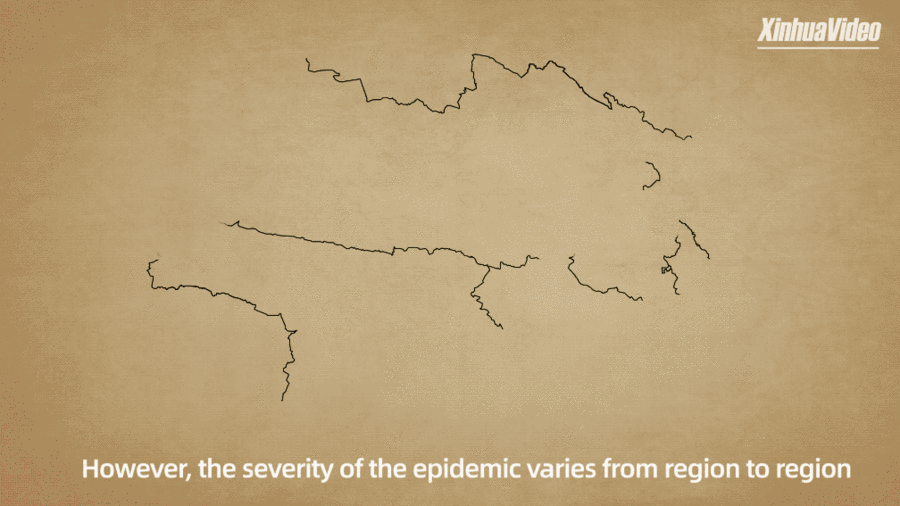
Therefore, China has rolled out a suite of prevention and control measures based on counties and districts, instead of provinces as they used to be.
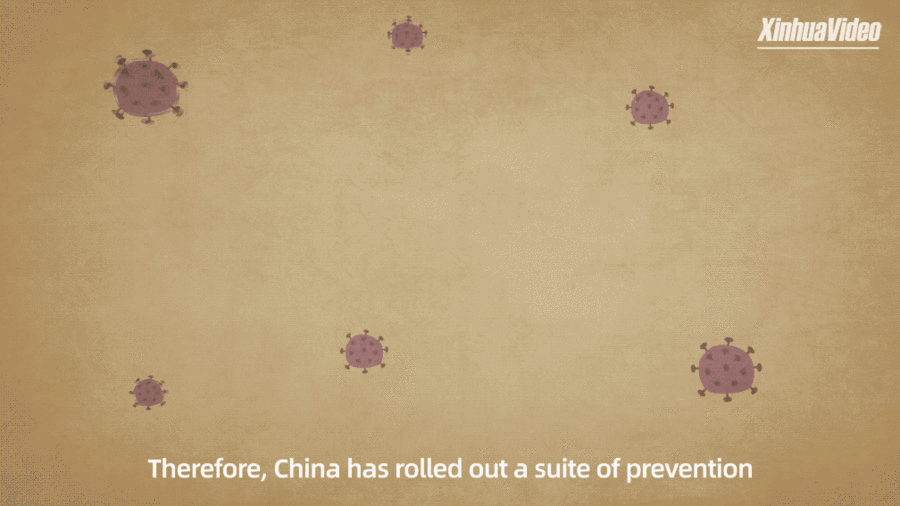
This means the timing for companies to resume work and production depends on which county or district they are located in, instead of province.
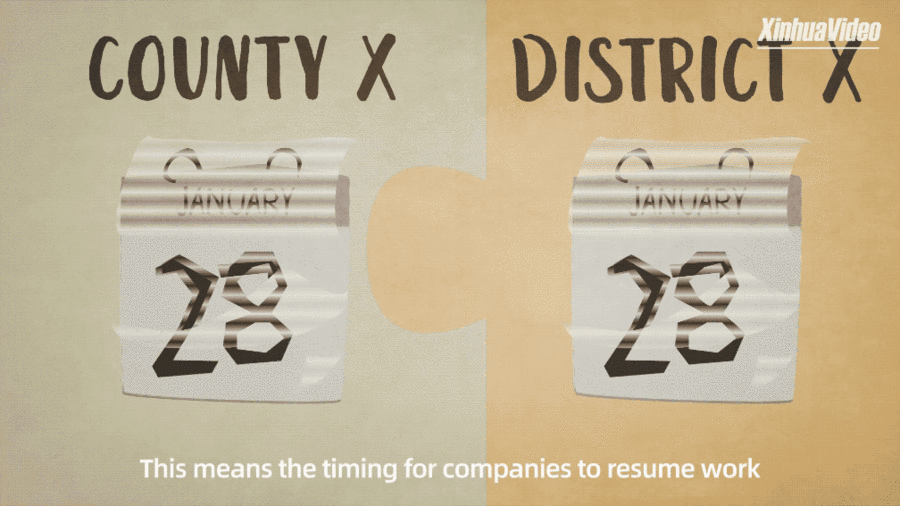 China has more than 2,800 administrative units at the county and district level.
China has more than 2,800 administrative units at the county and district level.
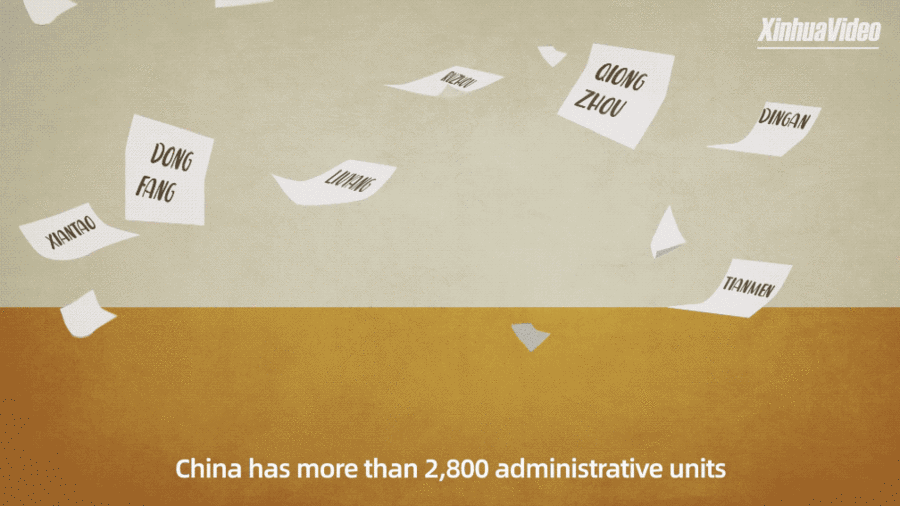
Over 2,700 of these administrative units are those outside Hubei and Beijing, and they have been placed in low-risk, medium-risk and high-risk groups according to the population and severity of the epidemic.
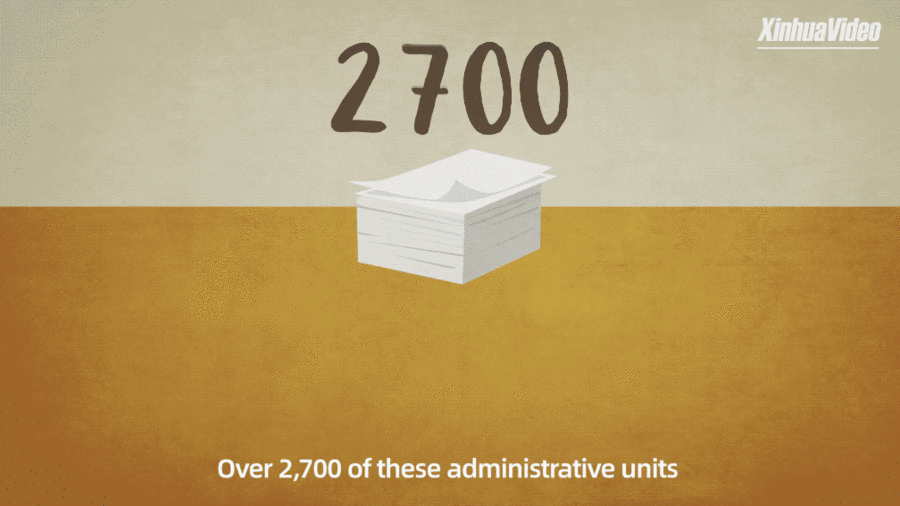
Low-risk areas are allowed to fully restore work and daily lives as long as they stop the infected from entering.
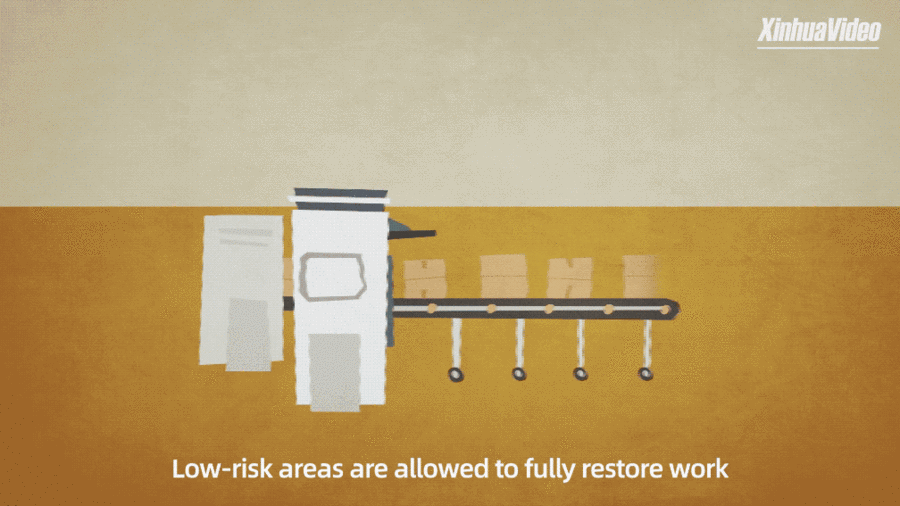
These areas should: lift traffic restrictions; help enterprises solve problems in employment, raw materials supply, capital and equipment. No conditions should be set for companies to resume work and production.
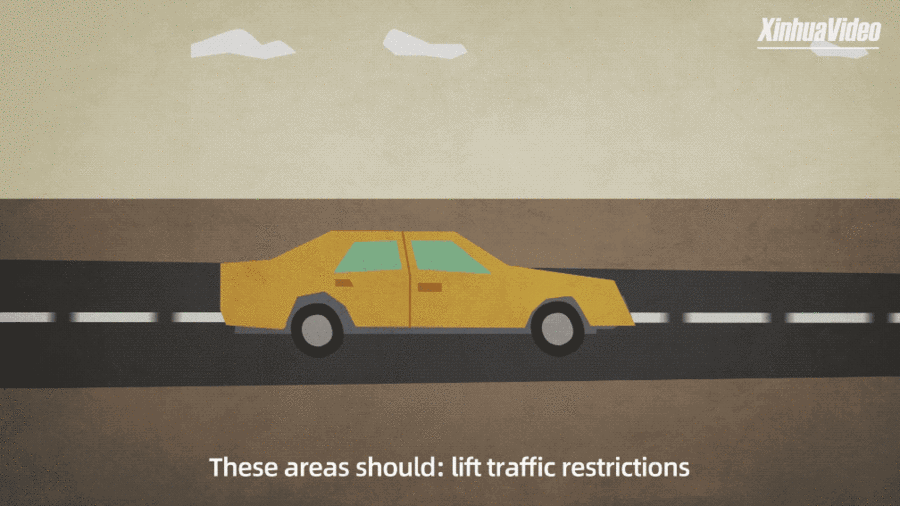
The medium-risk areas must prohibit entry of the infected, take strict measures to contain the spread of the virus within the areas, and restore work and life in a timely and orderly manner.
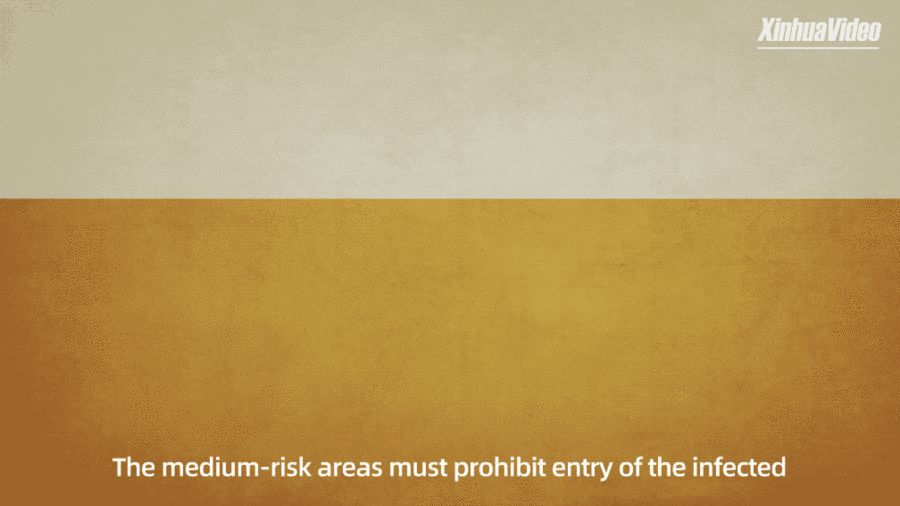
In these areas, measures should be taken to help citizens return to work, supervise companies to strictly meet the requirements of disinfection, ventilation, temperature measurement and etc., reduce population density, and promote prevention and control along with resumption of work and production.
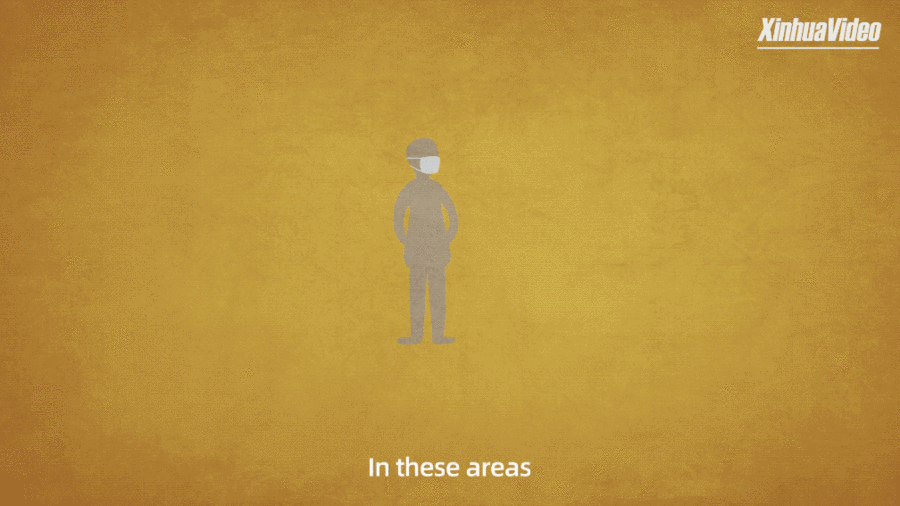
High-risk areas must take tougher measures than the medium-risk ones.
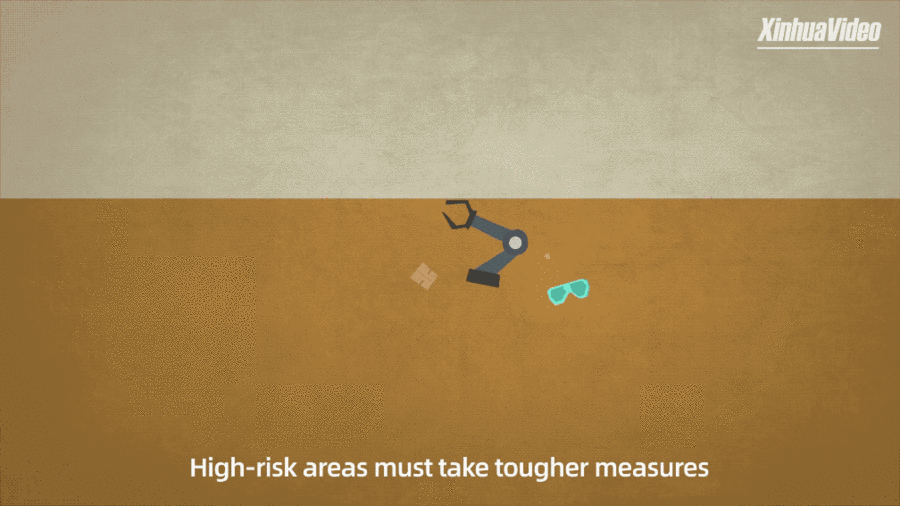
They should not only take a firm stance on epidemic prevention and control, but also ensure the normal operation of public utilities and enterprises vital to the economy and people's daily life.
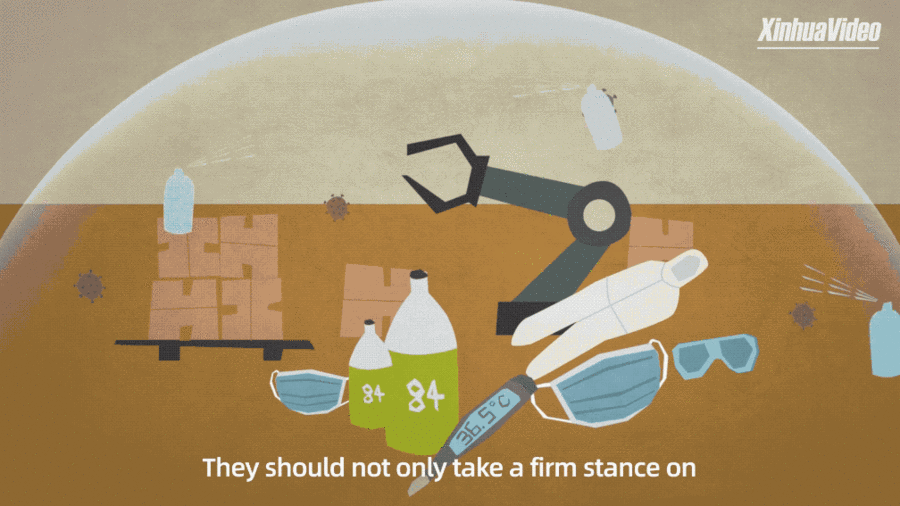
The risk-based grouping is updated in real time. Take Chongqing for an example, at first there were 6 low-risk, 26 medium-risk and 10 high-risk groups. A week later, it was adjusted to 13 low-risk, 20 medium-risk and 9 high-risk groups.

By Feb. 26, 13 provincial-level regions in China have lowered their public health emergency responses. Six were adjusted from Level I to Level II, 7 from Level I to Level III.
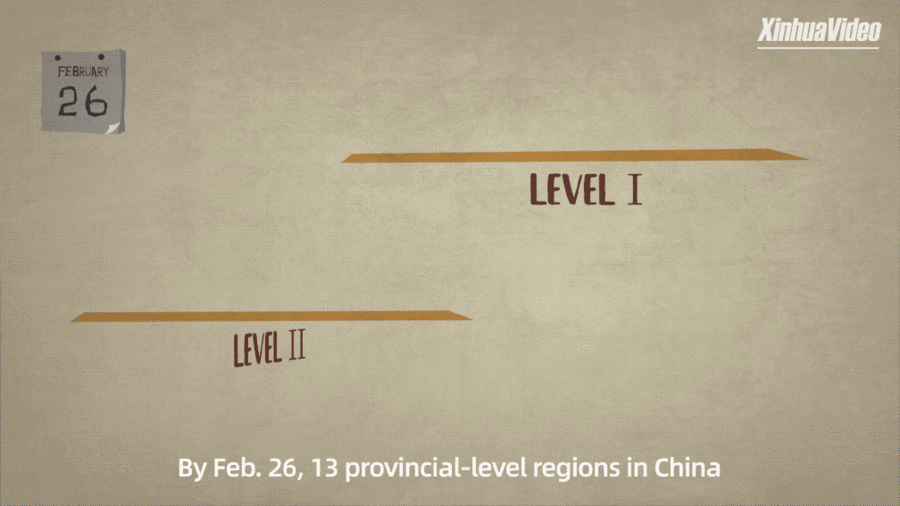
The timing for resuming work and production varies, depending on the severity of the epidemic in each county. In this way, the epidemic will be contained and society will be back on track.
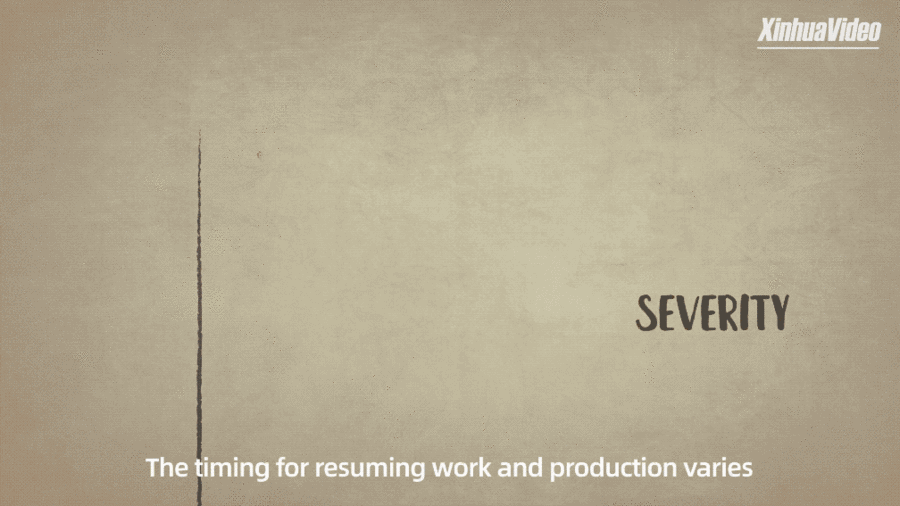
This is how China combats the coronavirus.
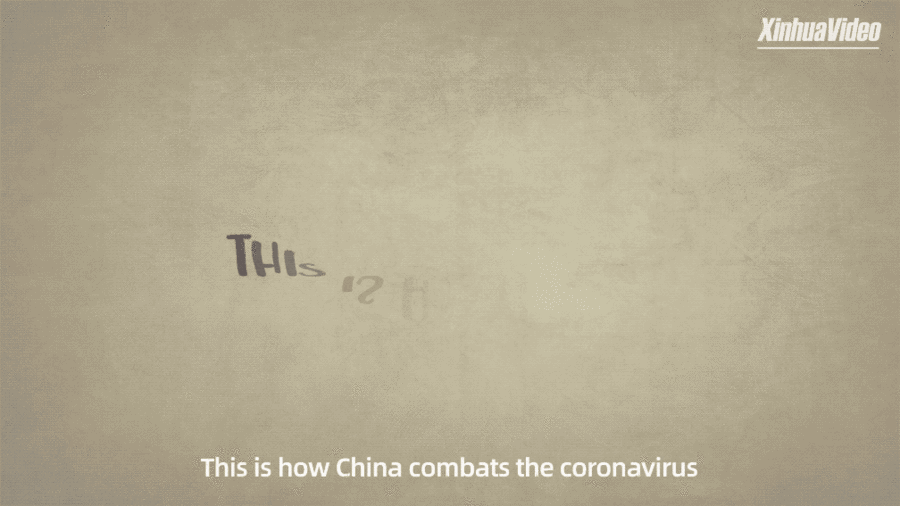
Director: Shan Xu
Executive Directors: Wang Ting, Zhang Xiaoxue, Feng Chun,Guan Hongfei
Coordination: Yang Guang, Liu Pei
Production: Jiang Yudong, Shang Junwei, Li Dongze
Visual Design: Guo Chao, Wang Jiadong
Scripts: Luo Zhen, Helen Bentley
Voiceover: Bluiri
Liaowang Institute Data Media Lab;
Department of China News for Overseas Service
Xinhua News Agency ■



